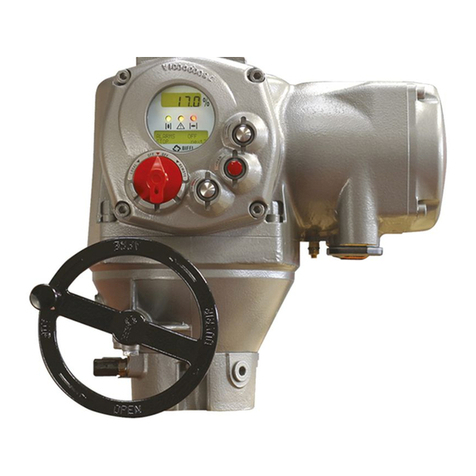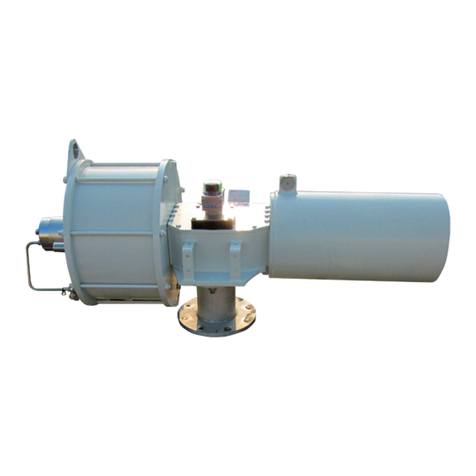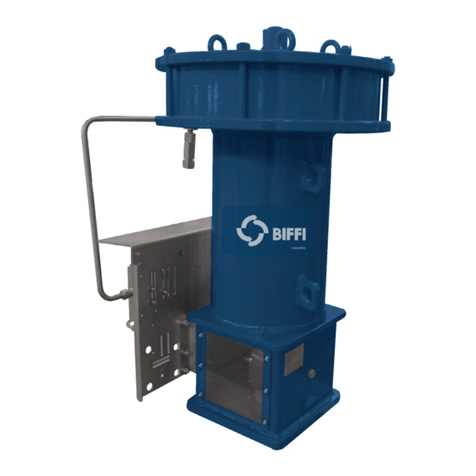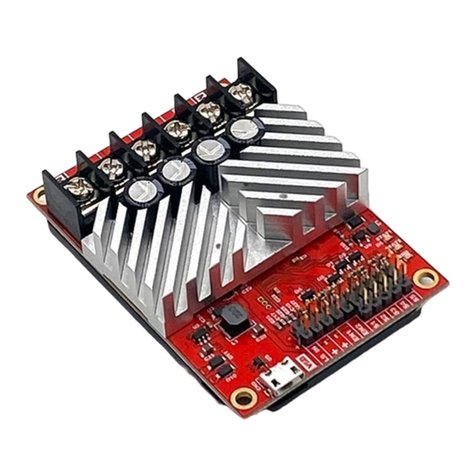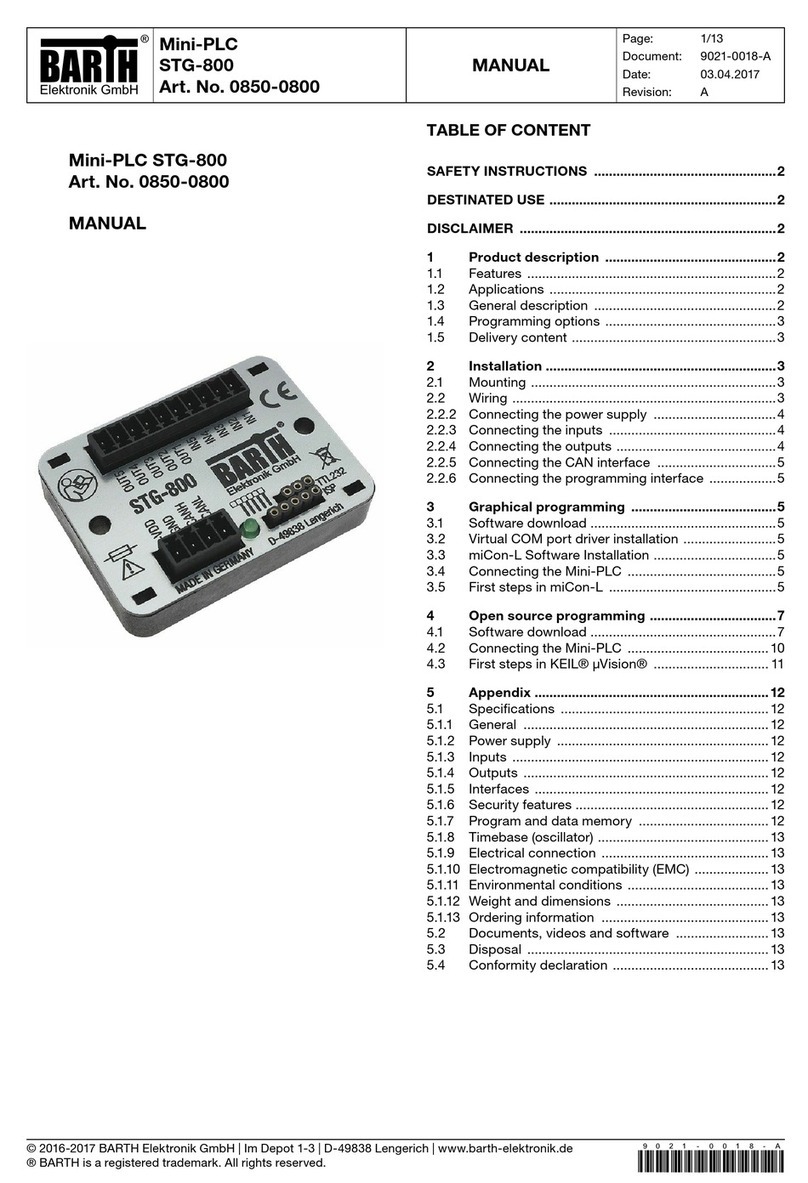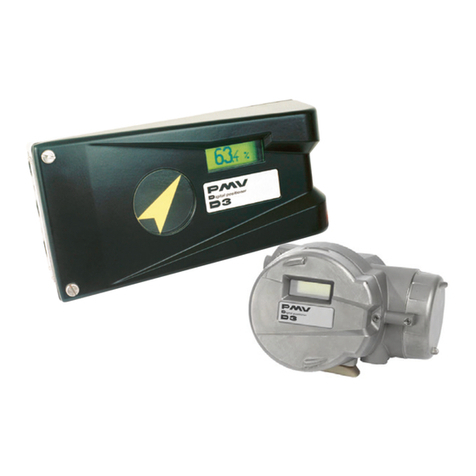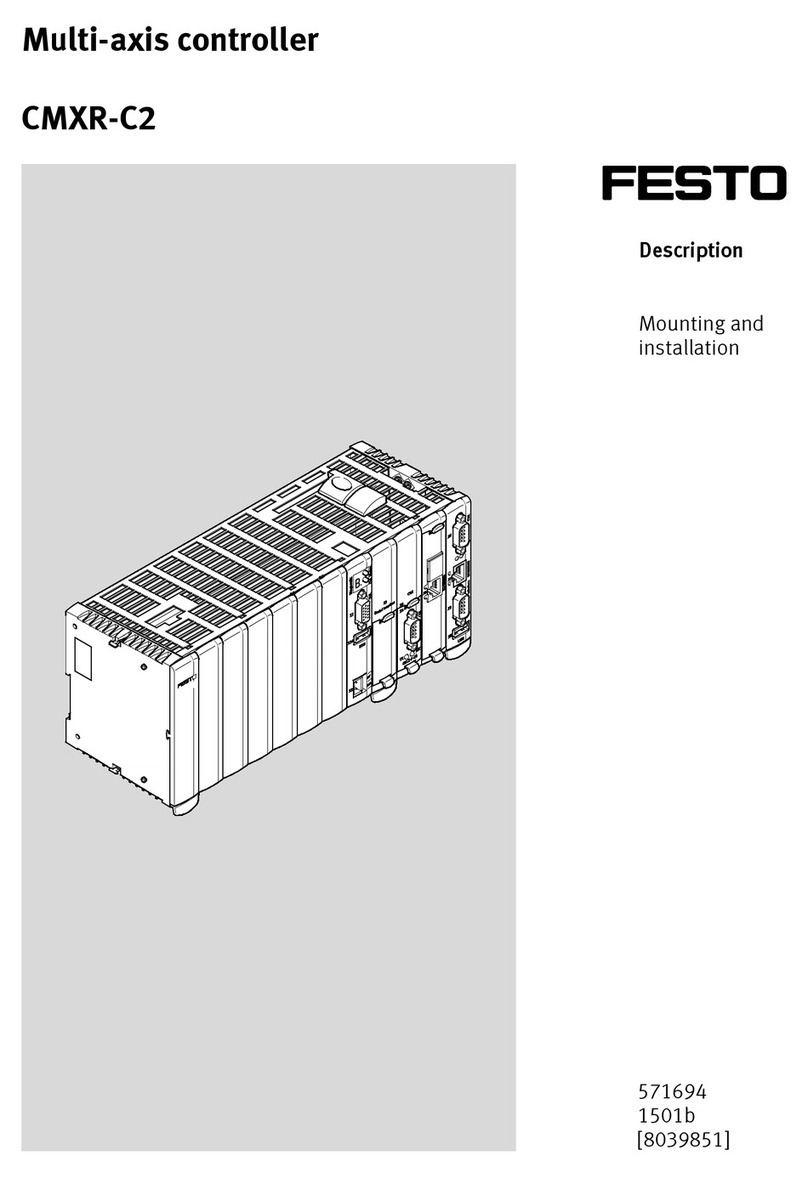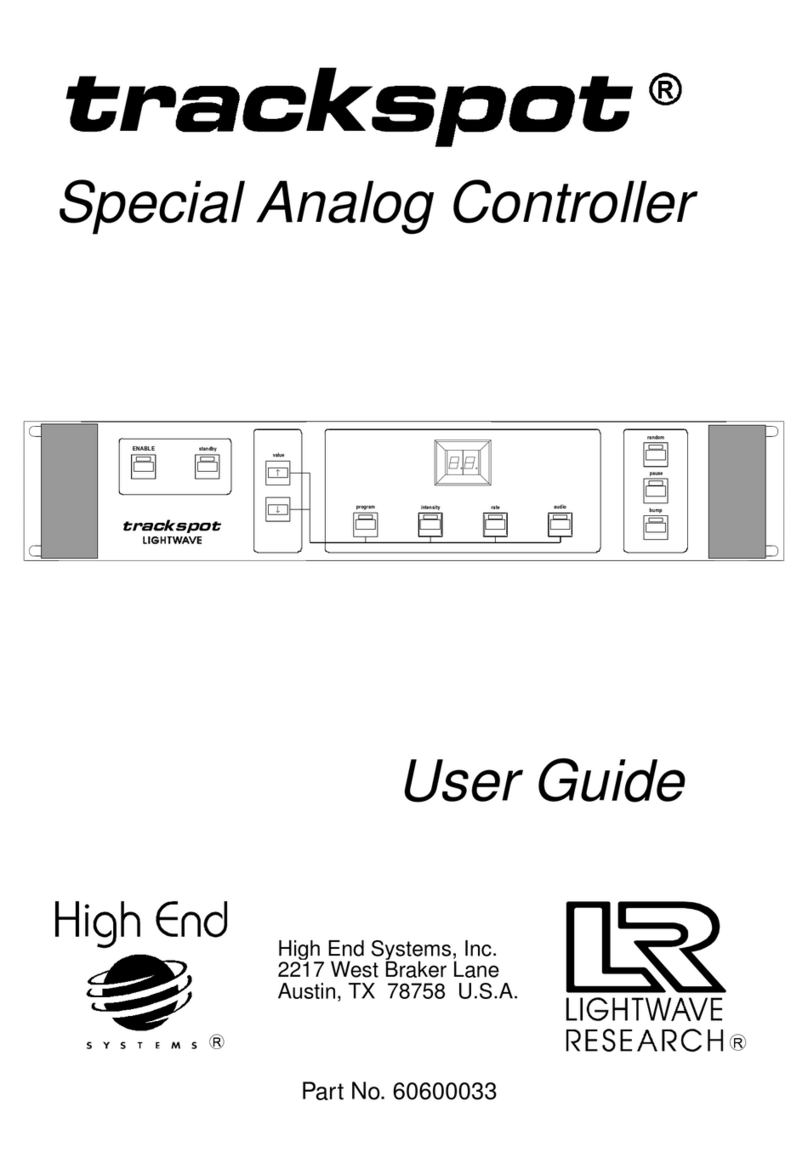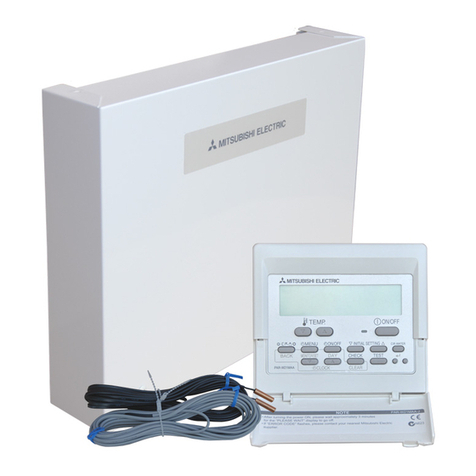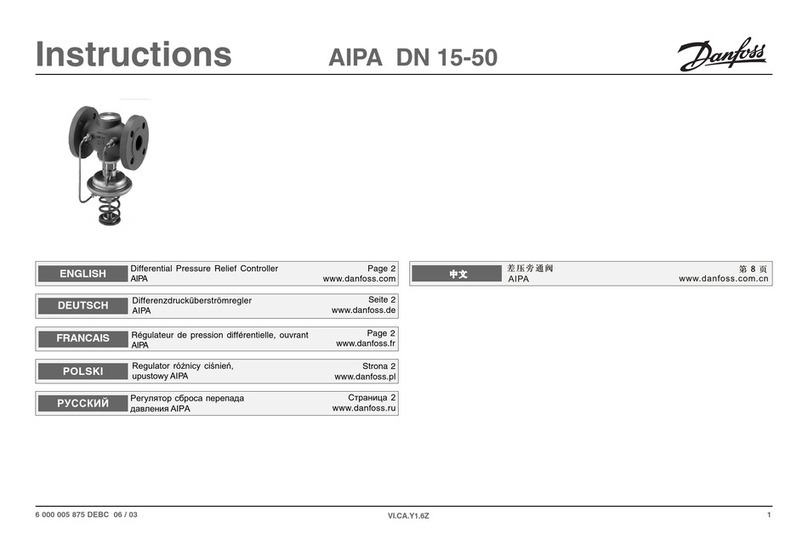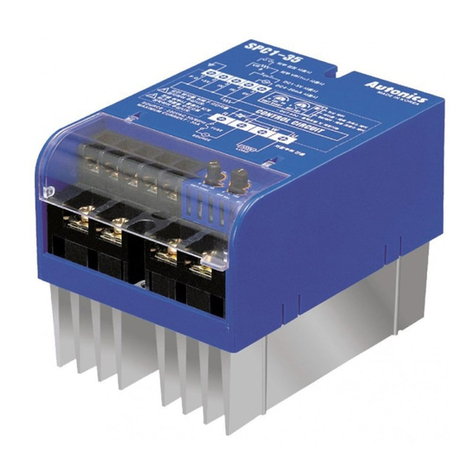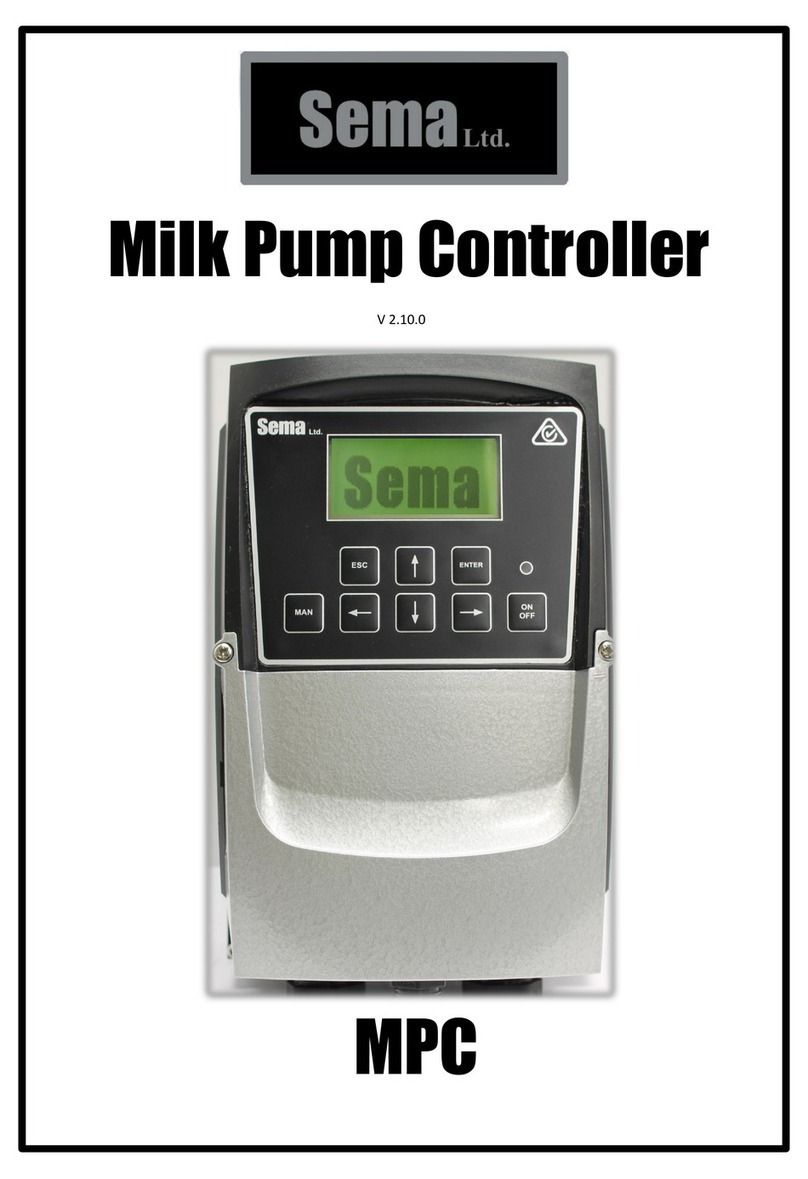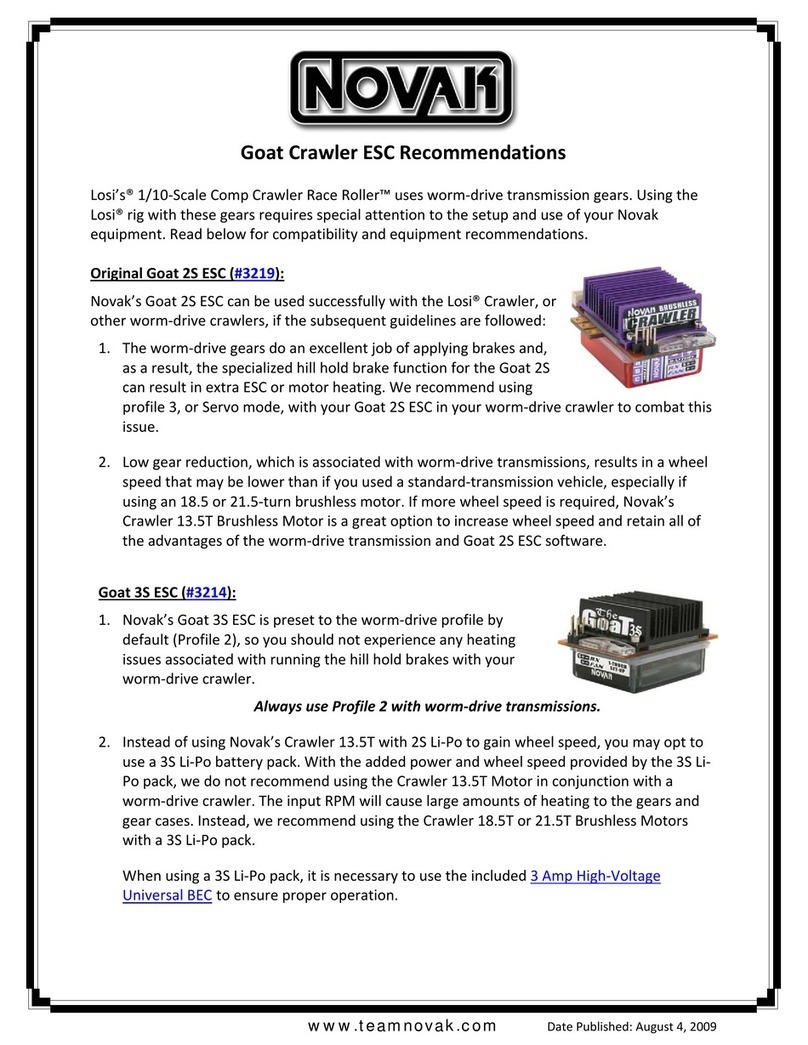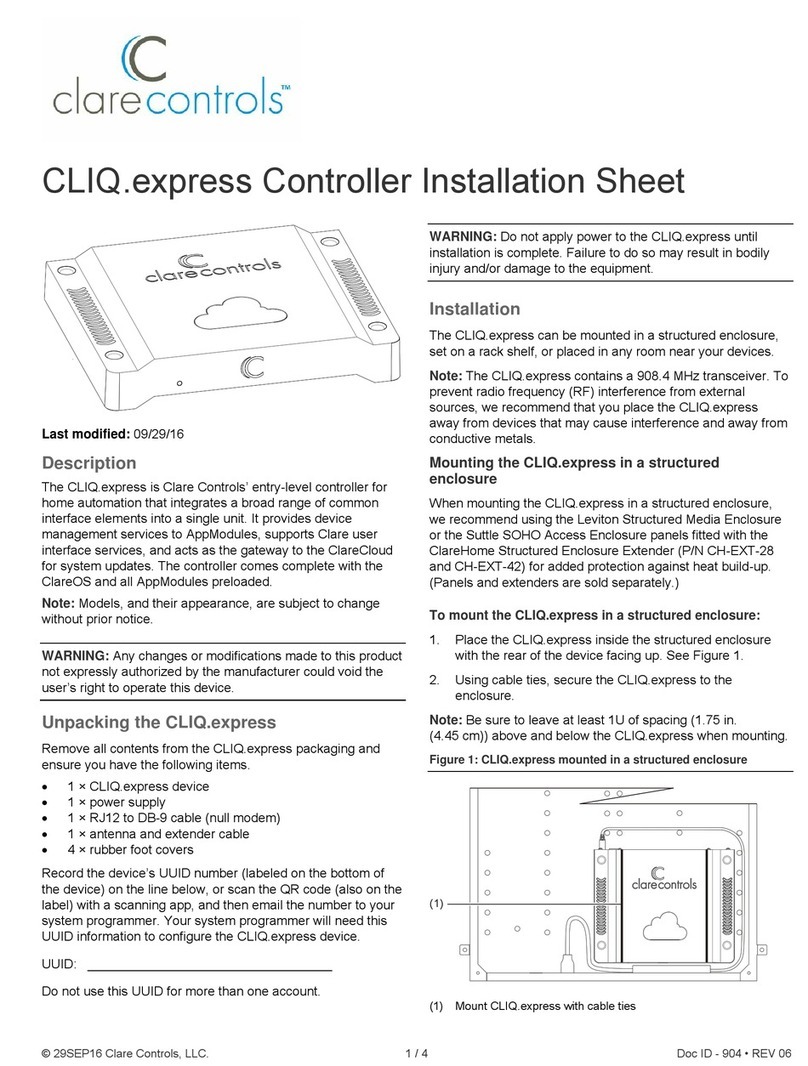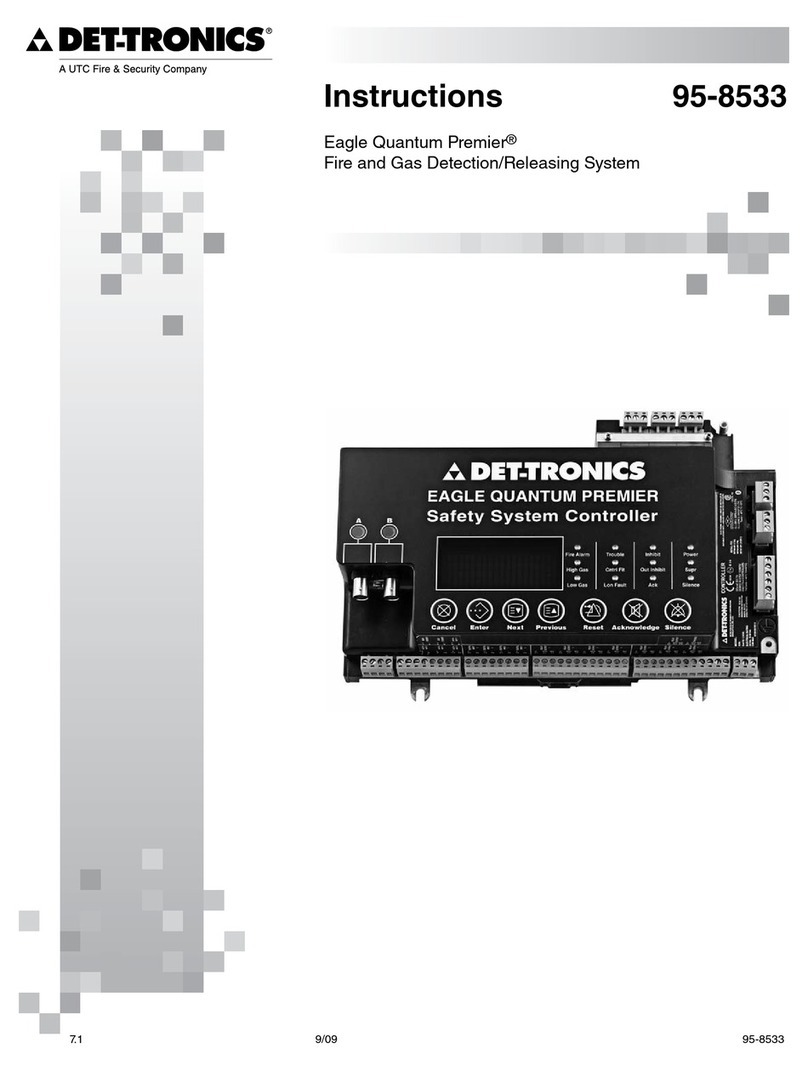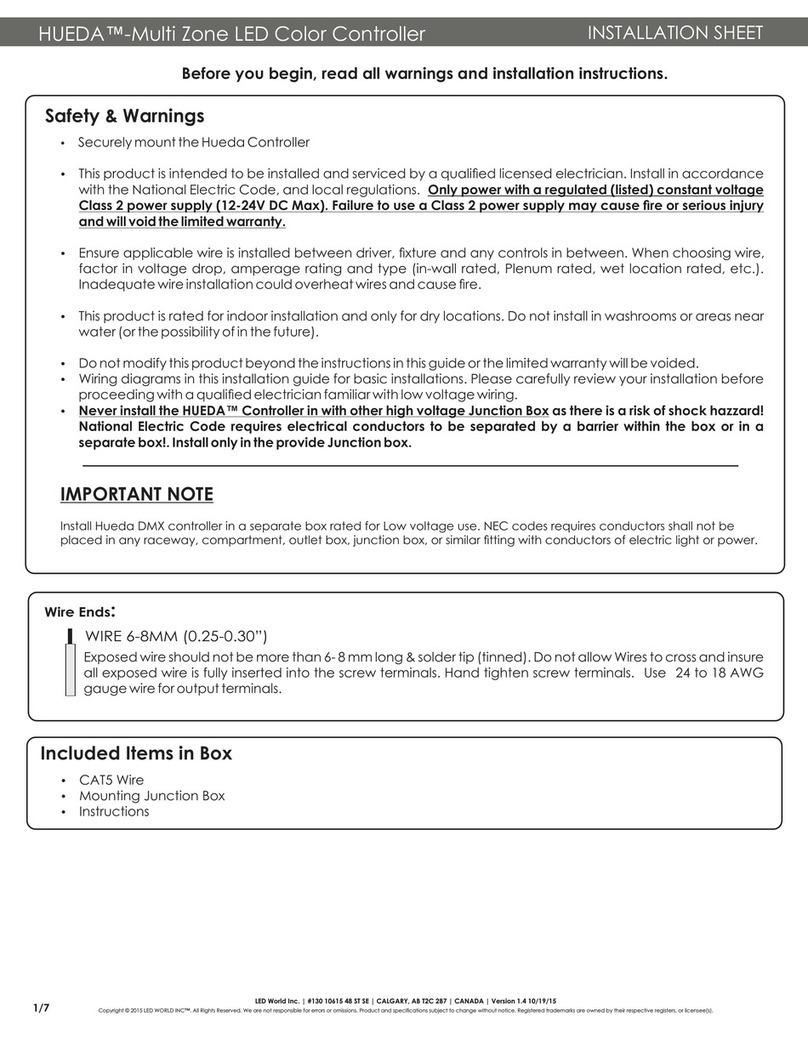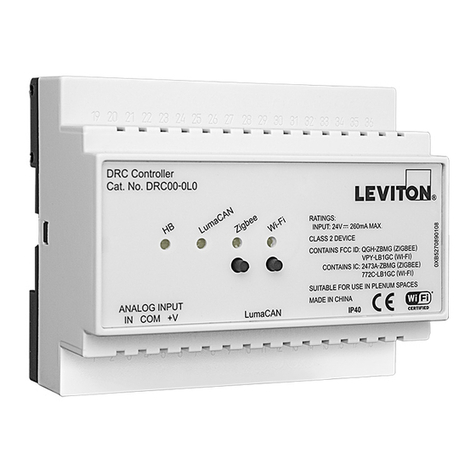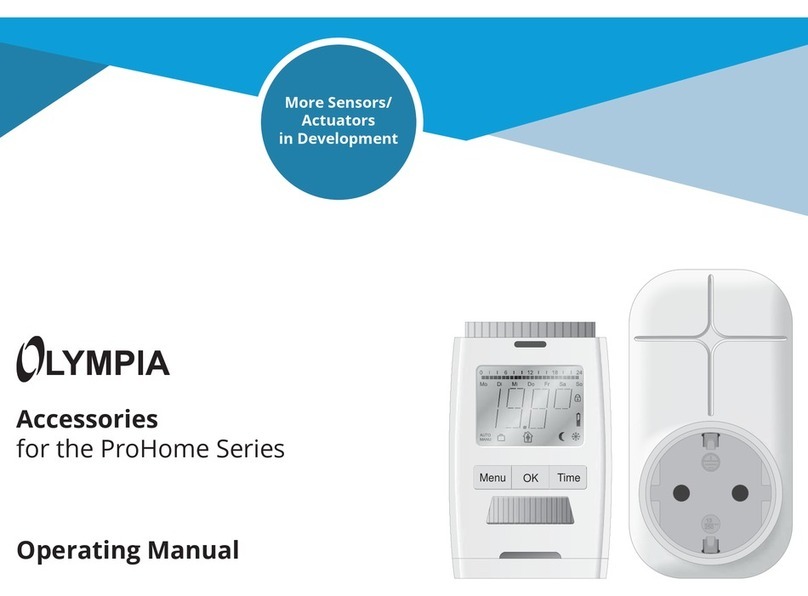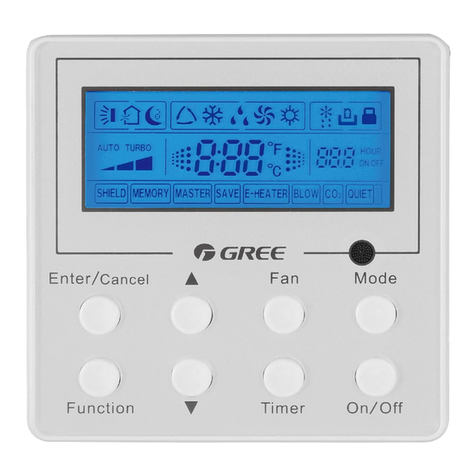BIFFI HLRA User manual

Bi HLRA
Hydraulic Double-Acting Linear Actuator
Installation, Operation and Maintenance Manual
MAN 627 Rev. 0
September 2023
Copyright © Bi. The information in this document is subject to change without notice. Updated data sheets can be obtained from our website www.bi.it or from your nearest Bi
Center: Bi Italia s.r.l. - Strada Bi 165, 29017 Fiorenzuola d'Arda (PC) – Italy PH: +39 0523 944 411 – bi_italia@bi.it

Notes
September 2023
Installation, Operation and Maintenance Manual
MAN 627 Rev. 0
This page intentionally left blank.

iTable of Contents
Installation, Operation and Maintenance Manual
MAN 627 Rev. 0
Table of Contents
September 2023
Table of Contents
Section 1: General Warnings
1.1 Generalities ..............................................................................................................1
1.1.1 Electrostatic Charge...................................................................................1
1.1.2 Noise Emission............................................................................................1
1.2 Identication Plate..................................................................................................1
1.3 Description of the Actuator..................................................................................2
Section 2: Installation
2.1 Checks upon Actuator Receipt ............................................................................3
2.2 Actuator Handling ..................................................................................................3
2.3 Storage......................................................................................................................4
2.4 Assembling the Actuator Onto the Valve ..........................................................4
2.5 Hydraulic Connections...........................................................................................5
2.6 Electrical Connections (if Any)..............................................................................6
Section 3: Operation and Use
3.1 Setting of the Linear Stroke..................................................................................7
3.2 Preparation for Start-Up .......................................................................................8
3.3 Start-Up and Commissioning...............................................................................8
3.4 Operation Description...........................................................................................9
3.5 Residual Risks ..........................................................................................................9
3.6 Operations ...............................................................................................................9
Section 4: Operational Tests and Inspections
Operational Tests and Inspections ............................................................................ 10
Section 5: Maintenance
5.1 Routine Maintenance.......................................................................................... 11
5.2 Special Maintenance........................................................................................... 12
5.2.1 Replacement of Cylinder Seals ............................................................. 12
5.2.2 Seals Replacement .................................................................................. 12
5.2.3 Reassembly ............................................................................................... 14
5.3 Extraordinary Maintenance............................................................................... 17
5.3.1 Lubrication of Mechanism..................................................................... 17
5.4 Dismantling and Demolition ............................................................................. 18
Section 6: Troubleshooting
6.1 Failure or Breakdown Research........................................................................ 19
Section 7: Layouts
7.1 Spare Parts Order................................................................................................ 20
7.2 Parts List for Maintenance and Replacing Procedure................................. 21
Section 8: Date Report for Maintenance Operations
Date Report for Maintenance Operations ................................................................ 23

Notes
September 2023
Installation, Operation and Maintenance Manual
MAN 627 Rev. 0
This page intentionally left blank.

NOTICE
Bi Italia has taken every care in collecting and verifying the documentation
contained in this instruction and operating manual. Nevertheless, Bi Italia does not
provide any guarantees for this instruction manual. Bi Italia will not be responsible
for any mistakes contained in it or for any damage either accidental or due to the use
of this manual. The information herein contained is reserved property of Bi Italia
and is subject to being modied without notice.
Section 1: General Warnings
1.1 Generalities
Bi Italia s.r.l. actuators are conceived, manufactured and controlled according to the
Quality Control System in compliance with EN-ISO 9001 international regulation.
1.1.1 Electrostatic Charge
An electrostatic charge risk is present on the actuator surface; in case of cleaning,
use only antistatic cloth; in case of maintenance, avoid all rubbing/frictions that could
electrostatically charge the equipment.
1.1.2 Noise Emission
The verication of the noise of the actuated valve is at valve maker care. Bi points
out that the actuator's noise can be considered negligible since it is an equipment for
regular on-o or intermittent use.
If the integral quick exhaust valve is present, we recommend using ear PPE
(Personal Protective Equipment) to avoid any possible acoustic discomfort.
1.2 Identication Plate
! WARNING
It is forbidden to modify the information and the marks without previous written
authorization by Bi Italia s.r.l. The plate fastened on the actuator contains the
following information (Figure 1).
Installation, Operation and Maintenance Manual
MAN 627 Rev. 0
September 2023
1
Section 1: General Warnings
General Warnings

September 2023
Installation, Operation and Maintenance Manual
MAN 627 Rev. 0
2
Section 1: General Warnings
General Warnings
1.3 Description of the Actuator
The line of Double-Acting Hydraulic Linear Actuators, has been designed and
produced by Bi mainly to satisfy specic needs present on plants. For the above
reason, the Bi production of the above linear actuators, even based on a xed
criteria of design, is normally done job by job to adapt the actuator to the dierent
parameters and thrust/stroke of valves.
Features
• Electroless nickel plated and polished cylinder for corrosion resistance and
minimum friction.
• Hard chromium plated stainless steel piston rod for corrosion resistance and
minimum friction.
• Teon type piston rod seals and piston seals for low hysteresis and high
sensitivity preventing sticking problems. Piston seal is (A-Q seal) type
(zero leakages).
• Piston rod supported by bushing made of bronze with sinterized Teon to
provide minimal friction and extended service life.
• Stroke adjustment with mechanical travel stop in one direction.
• Adapter spool in fabricated carbon steel, specically designed for adaptation
to any type of valve with provision for local indicator, limit switches and other
accessories (on request).
Figure 1. Data Plate

Section 2: Installation
2.1 Checks upon Actuator Receipt
Checks to be carried out on receiving the actuator:
1. If the actuator arrived already assembled onto the valve, the settings of the
mechanical stops and of the microswitches (if existing) has already been
made by the person who assembled the actuator onto the valve.
2. If the actuator arrived separated from the valve, the settings of the
mechanical stops and of the microswitches (if existing) must be checked, and
if necessary, carried out while assembling the actuator onto the valve.
3. Check if the actuator has not been damaged during transport.
If necessary, repair all damages to the paint-coat, etc.
4. Check if the model, the serial number of the actuator and the performance
data written on the data-plate are in accordance with those described on the
order acknowledgement, test certicate and delivery note.
5. Check if the tted accessories comply with those listed in the order
acknowledgement and the delivery note.
2.2 Actuator Handling
NOTICE
The lifting and handling should be made by qualied sta and in compliance with the
laws and provisions in force.
! WARNING
The fastening points are appropriate for the lifting of the actuator alone and not for
the valve + actuator assembly. Avoid that during the handling, the actuator passes
above the sta. The actuator should be handled with appropriate lifting means. The
weight of the actuator is reported on the delivery bill.
Installation, Operation and Maintenance Manual
MAN 627 Rev. 0
September 2023
3
Section 2: Installation
Installation

2.4 Assembling the Actuator Onto the Valve
To assemble the actuator onto the valve proceed as follows:
1. Check that the coupling dimensions of the valve ange and stem, or of
the relevant extension, meet the actuator coupling dimensions (valve stem
and ange). Lubricate the valve stem with grease in order to make the
assembly easier.
2. Connect a sling to the support point of the actuator and lift it. To make easier
the assembly, the valve stem has to be in perfect vertical position.
NOTICE
The eyebolt is sized for the lifting of the only actuator (NOT ACTUATOR+VALVE).
Proper lifting points have to be foreseen for the valve.
3. Screw the actuator coupling joint onto the valve by rotating the actuator,
or screw down the valve stem stroke-ring with Red Loctite® 542 and x
the half-bearings when the threaded holes of the actuator ange are in
correspondence with the holes on the valve ange, screw the proper stud
bolts. Screw the nuts on the stud bolts and tighten up the valve ange is in
contact with the actuator ange.
4. Tighten the nuts of the connecting stud bolts evenly with the torque
prescribed in the table. The stud bolts must be made of ASTM A320 L7 steel,
the nuts must be made of ASTM A194 grade 2 steel as minimum.
2.3 Storage
The actuators leave the factory in excellent working conditions and with an
excellent nish (these conditions are guaranteed by an individual inspection
certicate); in order to maintain these characteristics until the actuator is installed
on the plant, it is necessary to observe a few rules and take appropriate measures
during the storage period.
1. Make sure that plugs are tted in the oil connections and in the cable entries.
The plastic plugs which close the inlets do not have a weatherproof function,
but are only a means of protection against the entry of foreign matter during
transport. If long-term storage is necessary and especially if the storage is
outdoor, the plastic protection plugs must be replaced by metal plugs, which
guarantee a complete weatherproof protection.
2. If the actuators are supplied separately from the valves, they must be placed
in a wooden pallet to protect the coupling ange to the valve. In case of
long-term storage, the coupling parts (ange, drive sleeve, insert bush) must
be coated with protective oil or grease. If possible, blank o the ange with a
protection disk.
3. In case of long-term storage, it is advisable to keep the actuators in a dry
place or to provide at least some means of weather protection. If possible,
it is also advisable to periodically operate the actuator with ltered,
dehydrated and lubricated air; after such operations, all the threaded
connections of the actuator and the valves of the control panel (if existing)
should be carefully plugged.
September 2023
Installation, Operation and Maintenance Manual
MAN 627 Rev. 0
4
Section 2: Installation
Installation

Thread Size Recommended Tightening Torque (Nm)
M8 20
M10 40
M12 70
M14 110
M16 160
M20 320
M22 420
M24 550
M27 800
M30 1100
M33 1400
M36 1700
Table 1.
2.5 Hydraulic Connections
! WARNING
Check that the values of hydraulic supply available are compatible with those
reported on the identication plate of the actuator.
NOTICE
The connections should be made by qualied sta.
Use pipes and connections appropriate as for type, material and dimensions.
! WARNING
Use motor uid with purity degree ISO 4406 17/14 or NAS 1638 Class 8 (AS4059
Class 4B-F). For special applications, the lower contamination degree is required.
Please refer to the documentation supplied.
• Properly deburr the ends of rigid pipes.
• Properly clean the interior of pipes sending through them plenty of the supply
uid used in the system.
• Mold and fasten the connection pipes so that no irregular strains at entries or
loosening of threaded connections occur.
• Make the connections according to the operating diagram.
• Check the absence of leakages from hydraulic connections. If necessary,
tighten the nuts of the pipe-ttings.
Installation, Operation and Maintenance Manual
MAN 627 Rev. 0
September 2023
5
Section 2: Installation
Installation

2.6 Electrical Connections (if Any)
! WARNING
Use components appropriate as for type, material and dimensions.
The connections should be made by qualied sta.
Before carrying out any operation, cut line power o.
Safety provisions as per CEI 64-8 regulation should be complied with (same as
IEC 60364).
Remove plastic plugs from cable entries.
• Screw the cable glands rmly.
• Introduce connection cables.
• Make the connections in compliance with applicable wiring diagrams on the
documentation supplied.
• Screw the cable gland.
• Replace the plastic plugs of unused entries with metal plugs.
September 2023
Installation, Operation and Maintenance Manual
MAN 627 Rev. 0
6
Section 2: Installation
Installation

Section 3: Operation and Use
3.1 Setting of the Linear Stroke
The setting of the open valve position is performed by adjusting the travel stop screw
that is screwed into the end ange of the hydraulic cylinder.
For the adjustment of the travel stop screw in the end ange of the hydraulic cylinder,
proceed as follows:
1. Unscrew through plug from the cylinder end ange.
2. If the actuator linear stroke is stopped before reaching the end position
(fully open), unscrew the stop screw by turning it counterclockwise with an
Allen wrench until the valve reaches the correct position.
3. If the actuator linear stroke is stopped beyond the end position (fully open),
screw the stop screw by turning it clockwise until the valve reaches the
correct position.
4. Screw through plug into the cylinder end ange.
Figure 2. Travel Stop Screw Screwed into the End Flange of
Hydraulic Cylinder
Table 2.
Hydraulic Cylinder
Diameter Wrench C1 (mm) Wrench C2 (mm)
From 50 to 95 17 46
From 110 to 135 17 55
C2
C1
Installation, Operation and Maintenance Manual
MAN 627 Rev. 0
September 2023
7
Section 3: Operation and Use
Operation and Use
C1
C2

September 2023
Installation, Operation and Maintenance Manual
MAN 627 Rev. 0
8
Section 3: Operation and Use
Operation and Use
3.2 Preparation for Start-Up
Refer to Section 2.
3.3 Start-Up and Commissioning
! WARNING
Installation, commissioning and maintenance and repair works should be made by
qualied sta.
Upon actuator commissioning, please carry out the following checks:
• Check that paint is not damaged during transport; if necessary, repair the
damages to paint coat.
• Check that the values of hydraulic supply available in the system are compatible
with those reported on the identication plate of the actuator (Figure 1) and on
the documentation supplied.
• Check that the feed voltage values of the electric components (solenoid
valve coils, microswitches, pressure switches, etc.) are compatible with those
reported on the identication plate of the actuator (Figure 1).
• Check that the setting of the components of the actuator control unit
(pressure regulator, pressure switches, ow control valves, etc.) meet the
plant requirements.
• Carry out all kinds of operations and check their proper execution (Section 3.6).
• Check the absence of leakages in the hydraulic connections. If necessary,
tighten the nuts of the pipe-ttings.
• Check proper operation of all the due signalling (valve position, hydraulic
supply pressure, etc.).
• Make a complete functional test in order to verify all the operations are
executed according to operating schematic diagram supplied.

Installation, Operation and Maintenance Manual
MAN 627 Rev. 0
September 2023
9
Section 3: Operation and Use
Operation and Use
3.4 Operation Description
The supply uid pressurizes the hydraulic cylinder chamber relevant to the operation
to carry out (opening or closing) (see following pages).
This pressure starts the linear motion of the piston and the consequent motion of the
valve stem that is coupled.
Figure 3.
For local or remote operations, please refer to technical documentation furnished
with actuators.
The power and control systems are supplied on specic customer demand.
NOTICE
For all the relevant information, please refer to the specic documentation supplied.
3.5 Residual Risks
! WARNING
The actuator has parts under pressure.
Use due caution.
Use individual protections provided for by the laws and provisions in force.
3.6 Operations
Refer to specic document: operating diagram furnished.

Section 4: Operational Tests
and Inspections
NOTICE
To ensure the guaranteed SIL grade, according to IEC 61508, the functionality
of actuator must be checked with regular intervals of time, as described in the
Safety Manual.
September 2023
Installation, Operation and Maintenance Manual
MAN 627 Rev. 0
10
Section 4: Operational Tests and Inspections
Operational Tests and Inspections

Installation, Operation and Maintenance Manual
MAN 627 Rev. 0
September 2023
11
Section 5: Maintenance
Maintenance
Section 5: Maintenance
! WARNING
Before carrying out any maintenance operation, it is necessary to close the
hydraulic feed line and exhaust the pressure from the actuator cylinder and from the
control unit, to ensure safety of maintenance sta.
5.1 Routine Maintenance
NOTICE
Periodicity and regularity of inspections is particularly inuenced by specic
environmental and working conditions. They can be initially determined
experimentally and then be improved according to actual maintenance
conditions and needs.
Anyway every 2 years of operation, the following is recommended:
HLRA actuators have been designed to work for long periods in the severest
conditions with no need for maintenance.
1. Check if the actuator operates the valve correctly and with the required
operating times. If the actuator operation is very infrequent, carry out a few
opening and closing operations with all the existing controls (remote control,
local control, emergency controls, etc.), if this is allowed by the conditions of
the plant.
2. Check if the signals to the remote control desk are correct. Check if the
supply pressure value is within the required range.
3. Check if the external components of the actuator are in good conditions.
4. Check all the paint-coat of the actuator. If some areas are damaged, repair
the paint-coat according to the applicable specication.
5. Check if there are no leakages in the hydraulic connections. If necessary,
tighten the nuts of the pipe ttings.

September 2023
Installation, Operation and Maintenance Manual
MAN 627 Rev. 0
12
Section 5: Maintenance
Maintenance
5.2 Special Maintenance
If there are leaks in the hydraulic cylinder or a malfunction in the mechanical
components, or in case of scheduled preventive maintenance, the actuator must be
disassembled and seals must be replaced with reference to the attached sectional
drawing and adopting the following procedures.
5.2.1 Replacement of Cylinder Seals
1. Unscrew the plug (28) from the cylinder end ange.
2. Measure the distance of the stop screw (23) with reference to the end ange
(13) surface, so as to be able to easily restore the setting of the actuator
mechanical stop, once the maintenance procedures have been completed.
3. Unscrew the stop screw (23) by turning it counterclockwise with an Allen
wrench until the screw is completely withdrawn inside the end ange
threaded hole.
4. Unscrew the nuts (25) from the tie rods (7) they must be gradually unscrewed
all at the same time.
5. Slide o the end ange (13), the upper cylinder tube (22), the intermediate
ange (11) and the lower cylinder tube (18).
6. If the piston rod seal ring (3) needs to be replaced, remove the screw (17).
Unscrew the piston rod (19) threaded end from the adaptor bush (16). Slide
o the piston rod (19) from the head ange (1).
7. Disassemble the head ange.
5.2.2 Seals Replacement
Prior to reassembly, check if the actuator components are in good condition and
clean. Lubricate all the surface of the parts, which move in contact with other
components, by a recommended grease. If the O-ring must be replaced, remove
the existing one from its groove, clean the groove carefully and lubricate it with a
protective oil or grease lm. Assemble the new O-ring into its groove and lubricate it
with a protective oil or grease lm.
1. Replace the O-ring (5) and the back-up ring (4) of the anges (1) (11).
2. Replace the scraper (2) into the head ange.

Installation, Operation and Maintenance Manual
MAN 627 Rev. 0
September 2023
13
Section 5: Maintenance
Maintenance
To replace the piston rod seal rings (3) proceed as follows:
1. Remove the existing Teon seal ring (3) with its O-ring from their groove.
2. Clean the groove carefully and lubricate it with a protective oil or grease lm.
3. Assemble the new O-ring into its groove and lubricate it with a protective oil
or grease lm.
4. Assemble the new Teon seal ring (3) into the ange groove, inside its rubber
O-ring, by bending it. The bending radius is as large as possible make sure
to avoid damaging the seal. Then enlarge the seal ring with your ngers
to restore its round shape, pay attention not to utilize any tools which can
damage the seal ring.
To replace the piston seal ring (9) proceed as follows:
1. Remove the existing Teon seal ring (9) with its O-ring from their groove.
2. Clean the groove carefully and lubricate it with a protective oil or grease lm.
3. Assemble the new O-ring into its groove and lubricate it with a protective oil
or grease lm.
4. Assemble the new Teon seal ring (9) on its rubber O-ring by introducing
one side of it into the groove, then enlarge it with your ngers so as to t
it into the groove: take care to enlarge it uniformly without any tools which
could possibly damage it. The elastic memory of the kind of Teon the seal
ring is made of allows the ring to shrink back to its previous dimension after
a short time.
To replace the piston rod seal rings (12) proceed as follows:
1. Remove the existing Teon seal ring (12) with its O-ring from their groove.
2. Clean the groove carefully and lubricate it with a protective oil or grease lm.
3. Assemble the new O-ring into its groove and lubricate it with a protective oil
or grease lm.
4. Assemble the new Teon seal ring (12) into the ange groove, inside its
rubber O-ring by bending it, take care since the bending radius is as large
as possible to avoid damaged the seal. Then enlarge the seal ring with your
ngers so as to restore its round shape, pay attention not to utilize any tools
which can damage the seal ring.

September 2023
Installation, Operation and Maintenance Manual
MAN 627 Rev. 0
14
Section 5: Maintenance
Maintenance
5.2.3 Reassembly
1. Assemble the head ange (1), on pedestal (15).
2. Lubricate the piston rod (19) surface, with a protective oil or grease lm and
introduce it into the head ange hole, taking care not to damage the piston
seal ring (3). Carefully clean the threaded end of the piston rod (19) and the
threaded hole of the adaptor. Spread some sealant Loctite 452, or equivalent,
on the rod threaded end and tighten.
3. Carefully clean the inside of the tube (18) and check that the entire surface,
particularly that of the bevels, is not damaged. Lubricate with a protective
oil or grease lm the tube internal surface and the bevels at the ends. Slide
the tube onto the piston taking care not to damaged the Teon seal ring (9):
the tube bevel has to smoothly compress the seal ring; take care also not to
damage the head ange O-ring (5).
4. Before reassembling the intermediate ange (11), lubricate the upper piston
rod (21) with a protective oil or grease lm.
5. Assemble the intermediate ange (11) take care not damage the seal ring
(12) and the O-ring (5). Assemble the upper cylinder tube and the end ange
by centering it on the inside diameter of the tube.
6. Assemble the nuts (25) onto the tie rods (7). Tighten the nuts to the
recommended torque, alternating between opposite corners.
7. Screw the stop screw (23) by turning it clockwise with an Allen wrench until
it reaches its original position (the same distance with reference to the end
ange surface).
8. Screw the plug (28) into the cylinder end ange.
NOTICE
After maintenance operations, carry out a few actuator operations to check that its
movement is regular and that there is no oil leakage through the seals.

Installation, Operation and Maintenance Manual
MAN 627 Rev. 0
September 2023
15
Section 5: Maintenance
Maintenance
Figure 4. HLRA Double-Acting Hydraulic Linear Actuator
28
27
26
25
24
23
22
21
11
13
13
10
11
4
12
14
9
7
8
5
6
5
4
3
2
1
20
19
18
17
16
15

Table 3. Parts List
Item Description Material
1 Cylinder lower ange Carbon steel ASTM A 283 Gr. D
2 Scraper ring * Teon + nitrile rubber
3Piston rod seal ring * Teon + nitrile rubber
4Back-up ring * Nitrile rubber
5 O-ring * Nitrile rubber
6Piston rod bushing Steel + bronze + teon
7Tie rod Stainless steel ASTM A564 TP630
8Piston guide sliding
ring * Teon + graphite
9 Piston seal ring * Teon + nitrile rubber
10 Bushing Steel + bronze + teon
11 Intermediate ange Carbon steel ASTM A 283 Gr. D
12 Seal ring * Teon + nitrile rubber
13 Cylinder upper ange Carbon steel ASTM A 283 Gr. D
14 Dust excluder Stainless steel AISI 316
15 Pedestal Carbon steel ASTM A 283 Gr. D
16 Connecting joint Alloy steel AISI SAE 9840
17 Screw Alloy steel ASTM A193 B7
18 Lower cylinder tube Carbon steel (Nickel plated) API 5LX Gr. X52
19 Lower piston rod Stainless steel (Chronium plated)
ASTM A564-TP 630
20 Piston Carbon steel ASTM A 283 Gr. D
21 Upper piston rod Stainless steel (Chronium plated)
ASTM A564-TP 630
22 Upper cylinder tube Carbon steel (Nickel plated) API 5LX Gr. X52
23 Travel stop screw Stainless steel ASTM A193 B8M
24 O-ring * Nitrile rubber
25 Nut Stainless steel ASTM A194 8M
26 Eyebolt Carbon steel AISI SAE 1040
27 Travel stop screw cover Carbon steel ASTM A283 Gr. D
28 Plug Carbon steel AISI SAE 1040
NOTE:
* Recommended spare parts
September 2023
Installation, Operation and Maintenance Manual
MAN 627 Rev. 0
16
Section 5: Maintenance
Maintenance
Table of contents
Other BIFFI Controllers manuals

BIFFI
BIFFI HLAS-C Series User manual

BIFFI
BIFFI GILS User manual
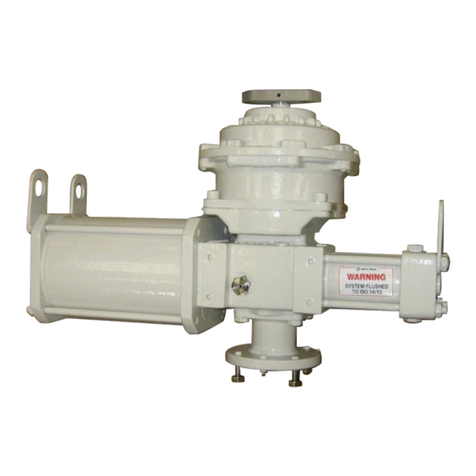
BIFFI
BIFFI RPHD-10 User manual
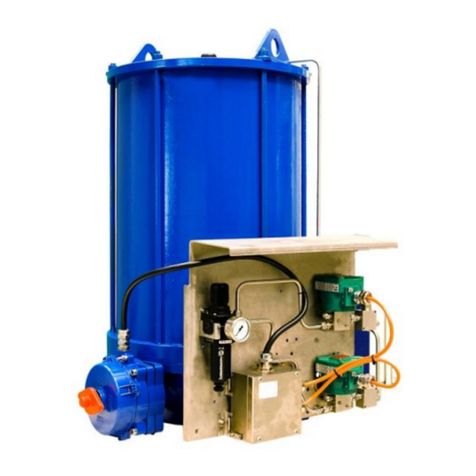
BIFFI
BIFFI TPS Series User manual
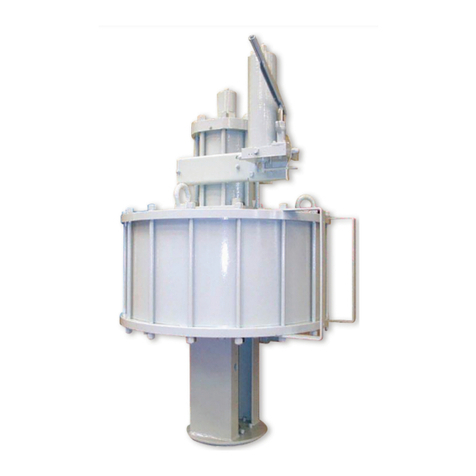
BIFFI
BIFFI PLA User manual
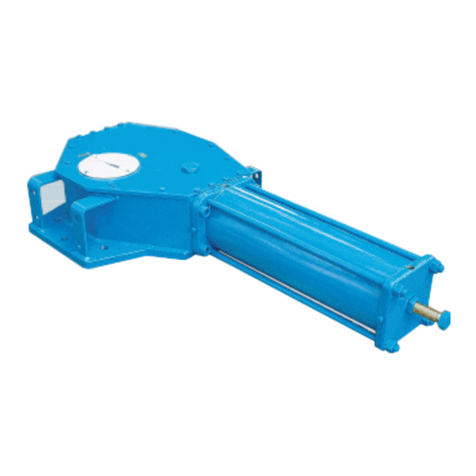
BIFFI
BIFFI OLGA Series User manual
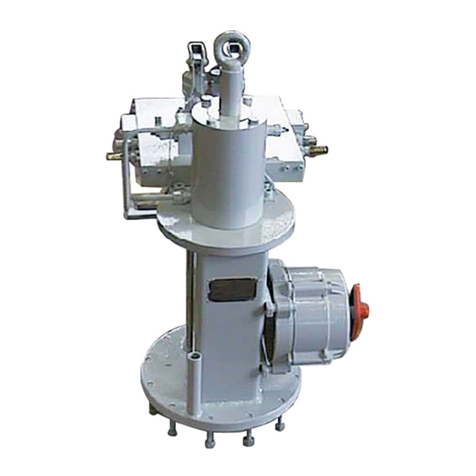
BIFFI
BIFFI HLA User manual
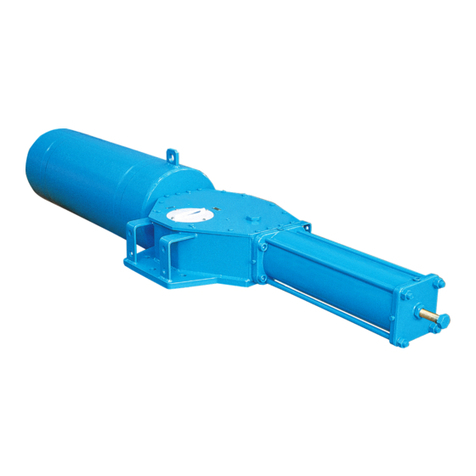
BIFFI
BIFFI OLGAS User manual
BIFFI
BIFFI ICON3000 Series User manual

BIFFI
BIFFI HLA Series User manual

BIFFI
BIFFI RPS User manual
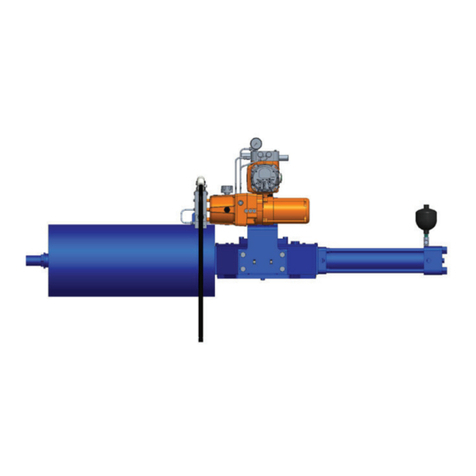
BIFFI
BIFFI EHO User manual

BIFFI
BIFFI RP14 User manual
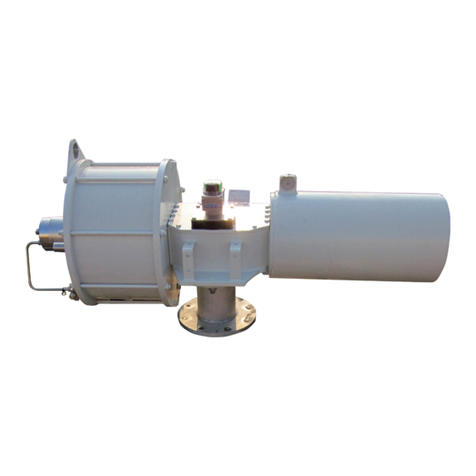
BIFFI
BIFFI ALGAS-QA EAC User manual
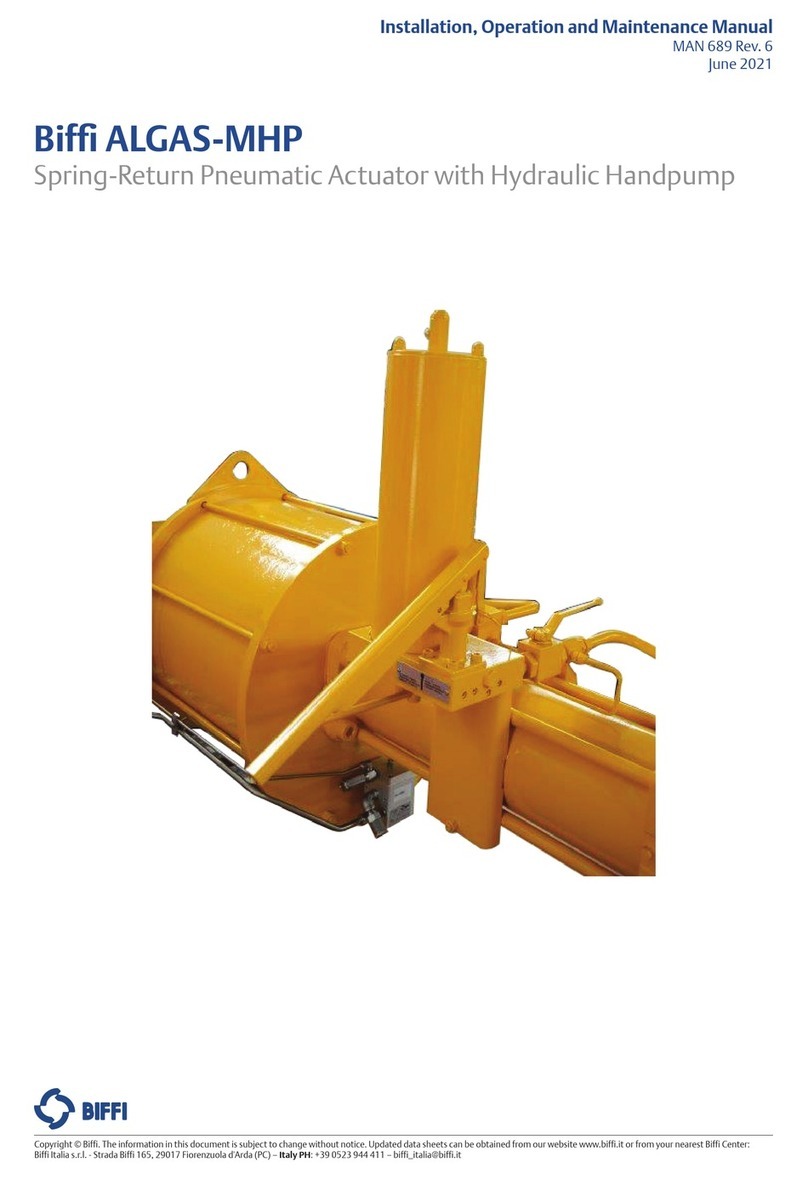
BIFFI
BIFFI ALGAS-MHP User manual
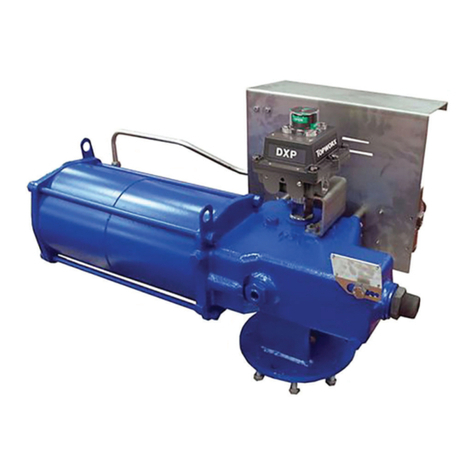
BIFFI
BIFFI RPS Series User manual
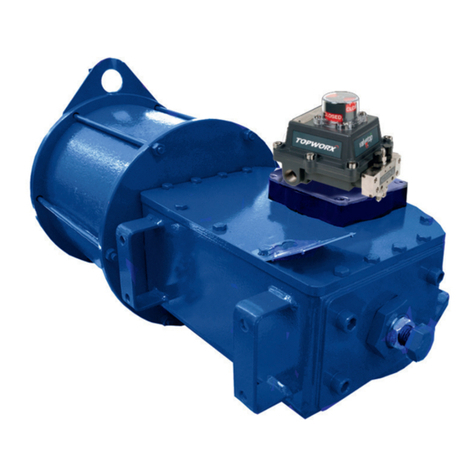
BIFFI
BIFFI ALGA Series User manual
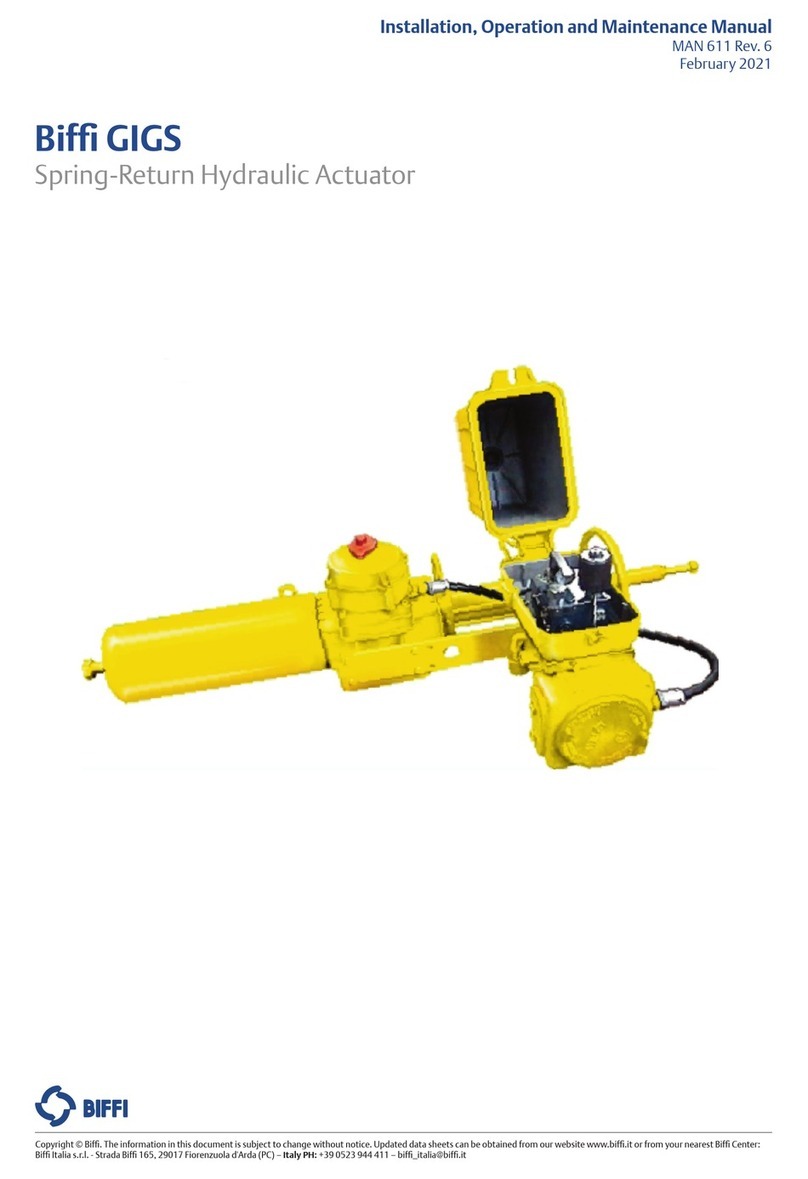
BIFFI
BIFFI GIGS Series User manual
BIFFI
BIFFI ICON3000 Series User manual
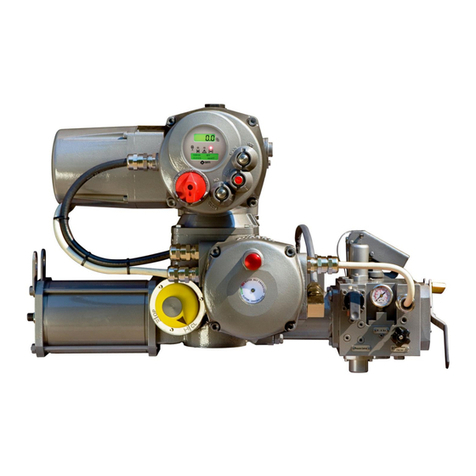
BIFFI
BIFFI EFS2000v4 Parts list manual
